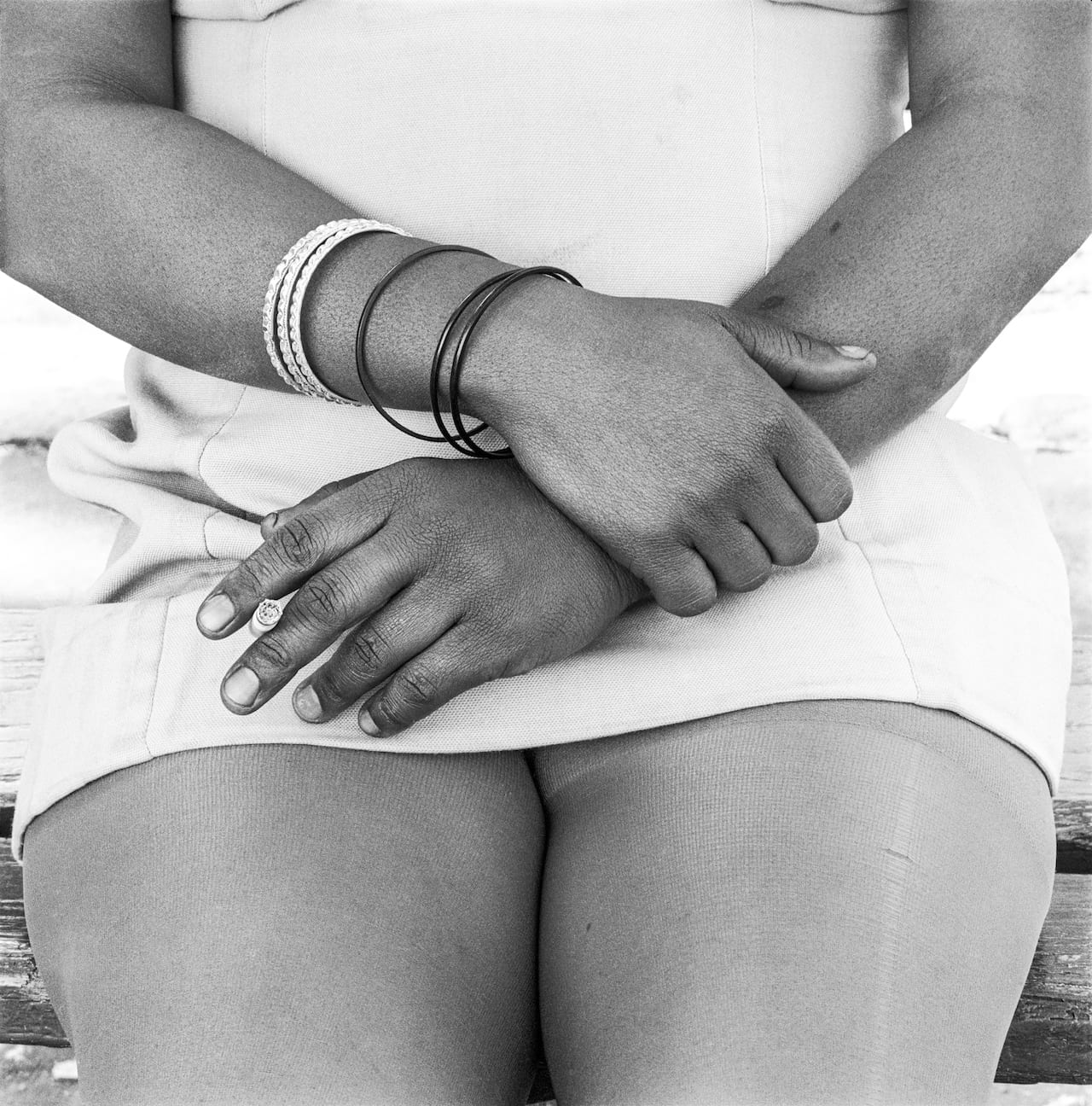“David wanted to remove his judgement from his photography,” says Karolina Ziebinska-Lewandowska, the Centre Pompidou curator who worked on a huge retrospective of Goldblatt’s work, shown at the institution earlier this year.
“He always said that if a photograph serves a certain idea, even if it’s a good idea, the idea always takes precedence and the photography then contains a judgement. He felt that he should record the facts, and leave the judgement to the viewer.”
It was a measured approach that meant that David Goldblatt’s images of South Africa have endured, long after the news events that scarred the country. From his early images of miners and white nationalists to much more recent shots of paintings and photographs burnt at the University of Cape Town, Goldblatt unflinchingly recorded his society, with understated but clear-sighted images of its people, architecture, and landscape.
Born in Randfontein, Gauteng Province on 29 November 1930, Goldblatt was born into a Jewish family that had fled persecution in Lithuania in around 1893. Initially working in his father’s men’s outfitters, he took up photography in 1948 and by the 1960s had declared himself a professional photographer. He lived in Johannesburg but was known worldwide for his documentary work, and died on 25 June 2018.
BJP will publish a longer obituary on David Goldblatt shortly.
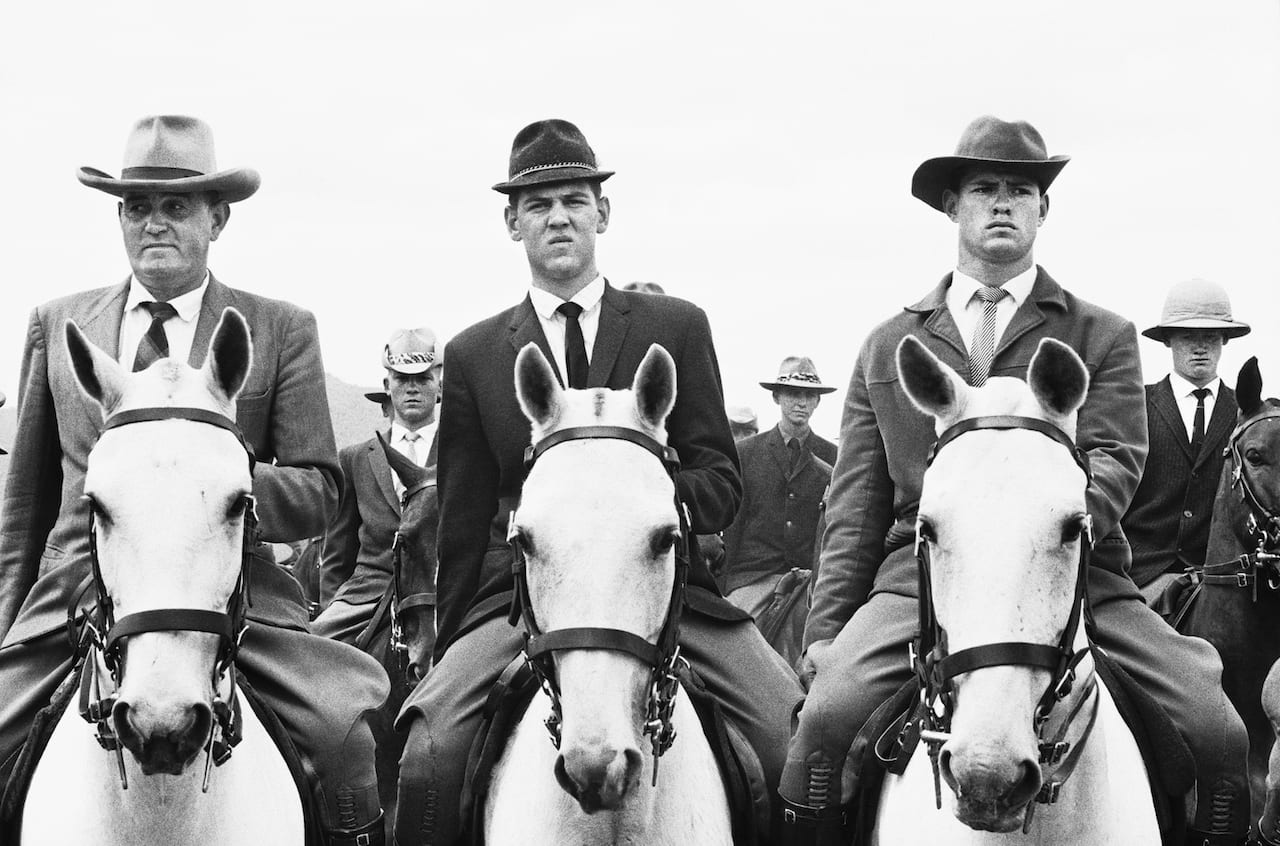
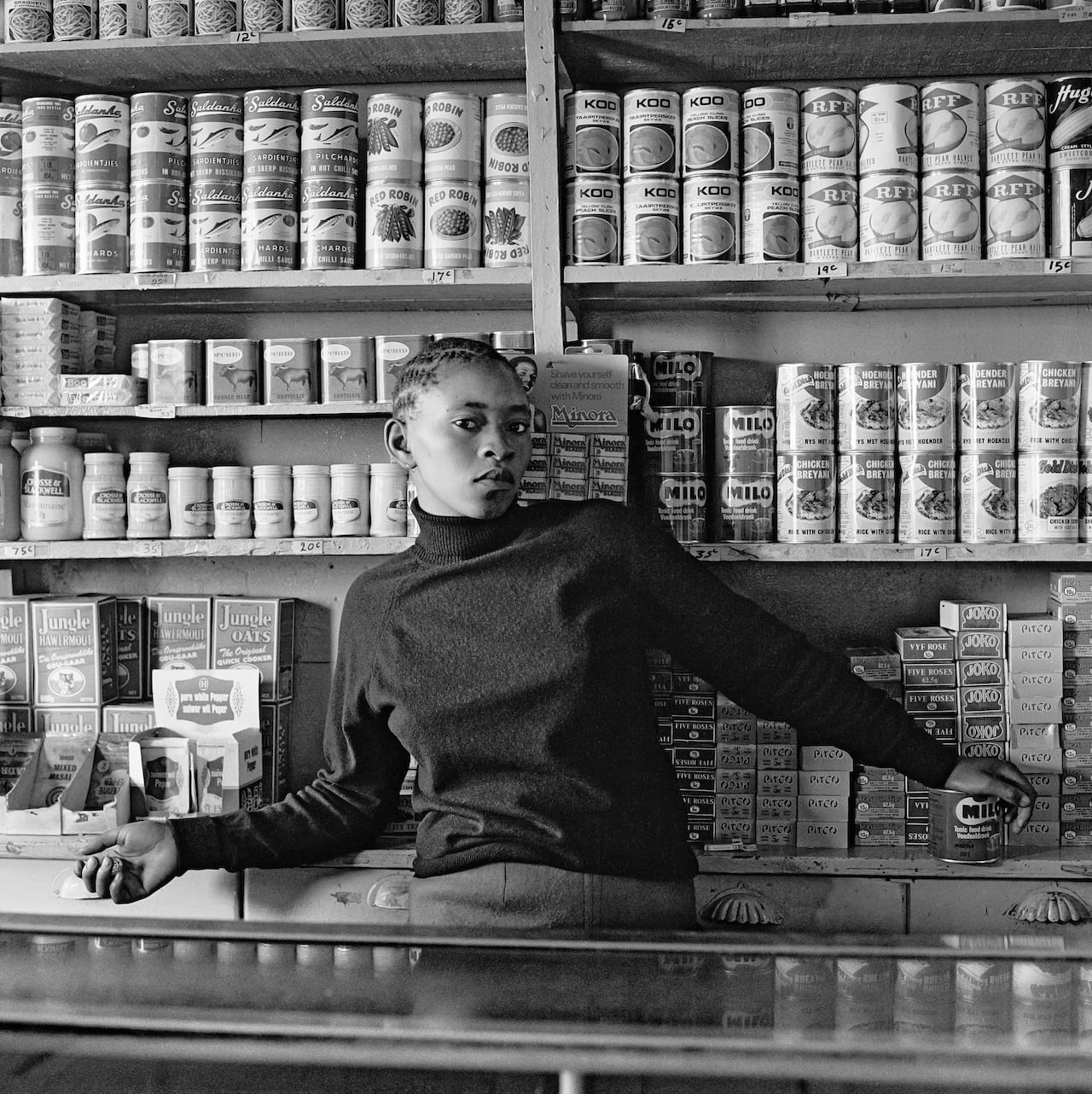
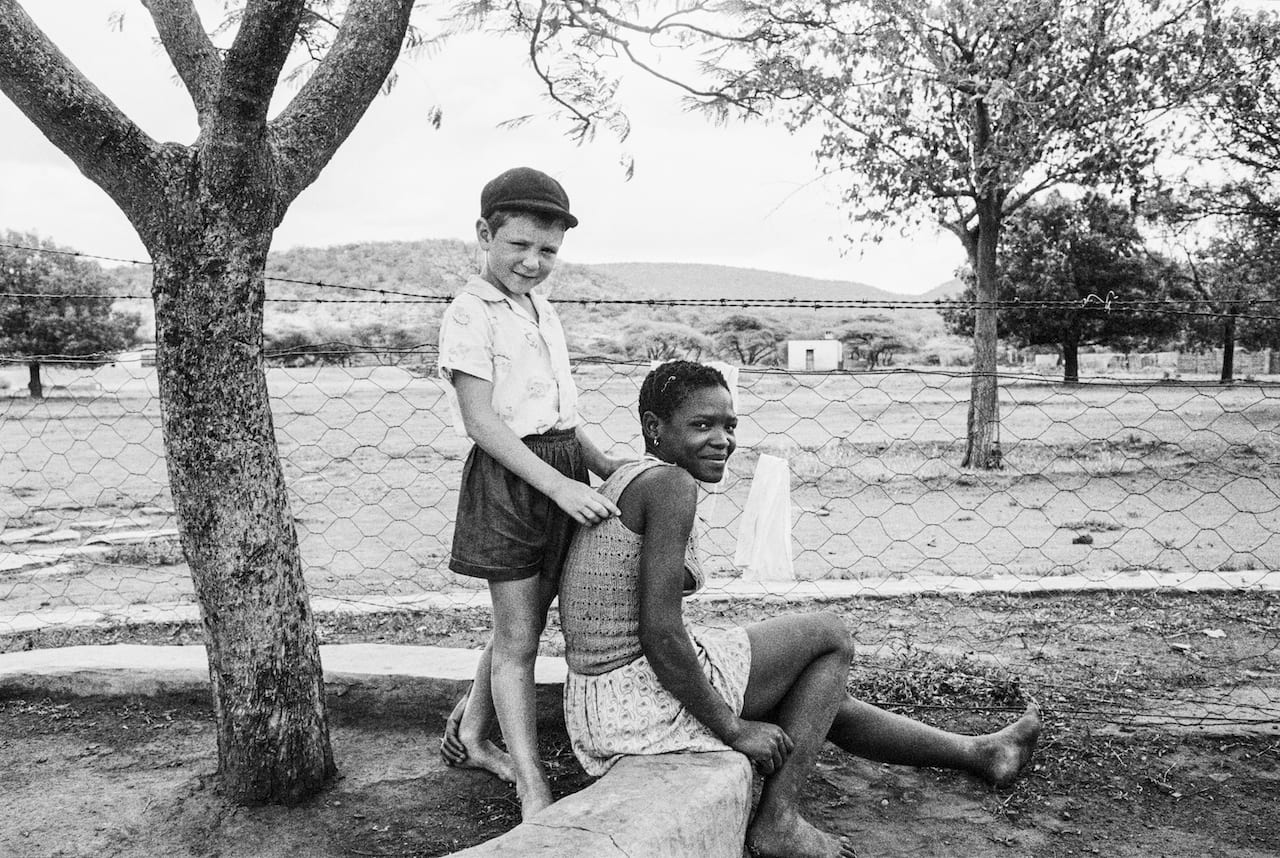
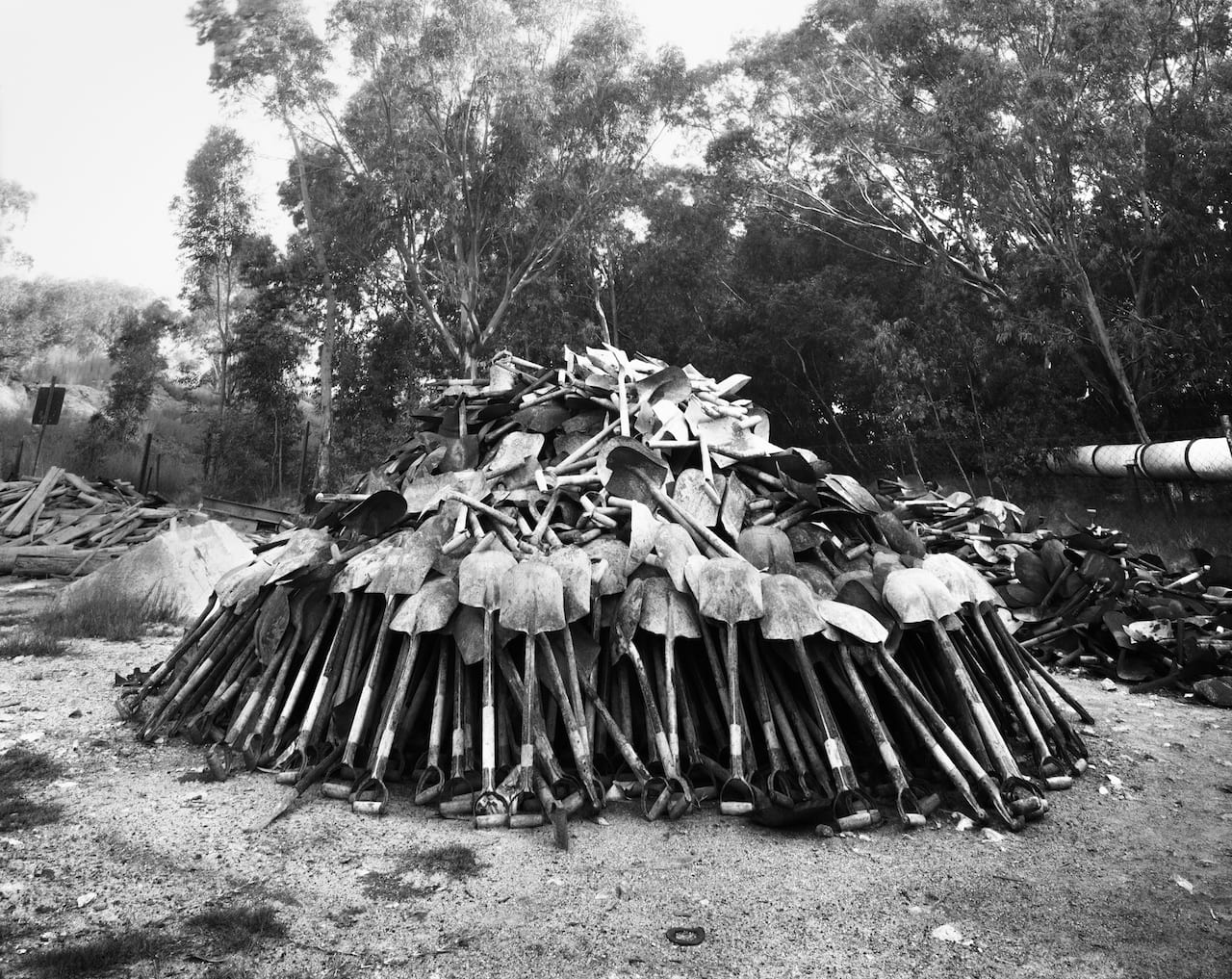
1966 © David Goldblatt, courtesy David Goldblatt and Goodman Gallery Johannesburg and Cape Town. Shown in the exhibition David Goldblatt at Centre Pompidou from 21 February-13 May 2018
